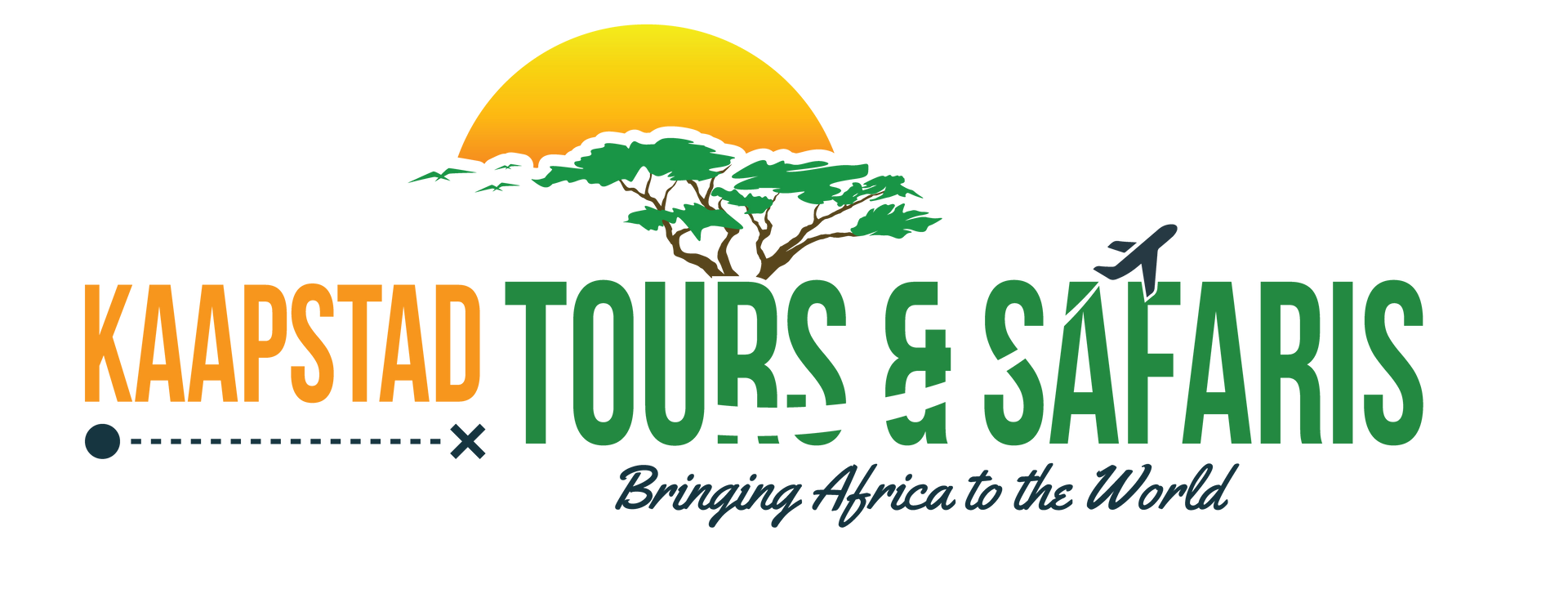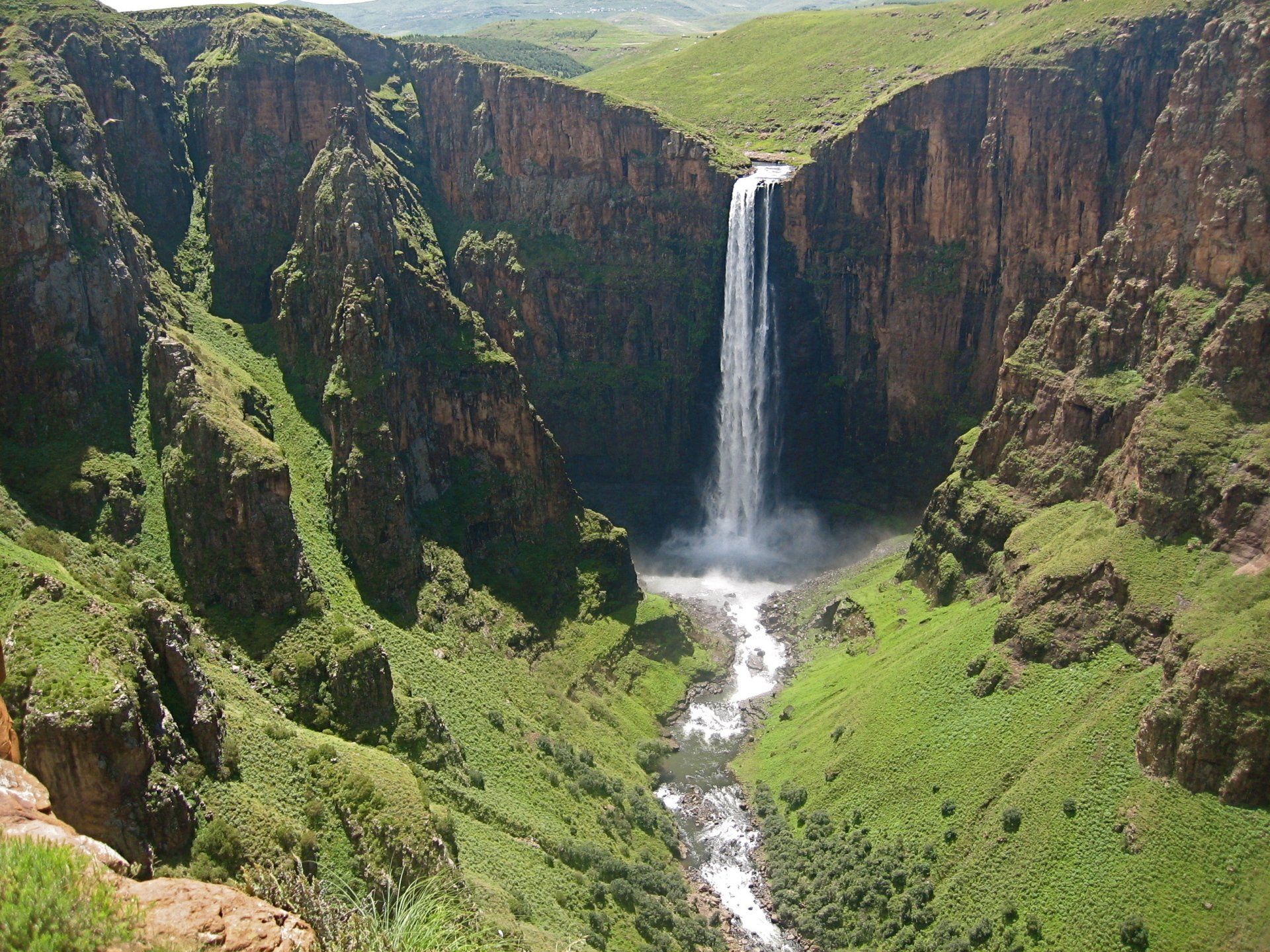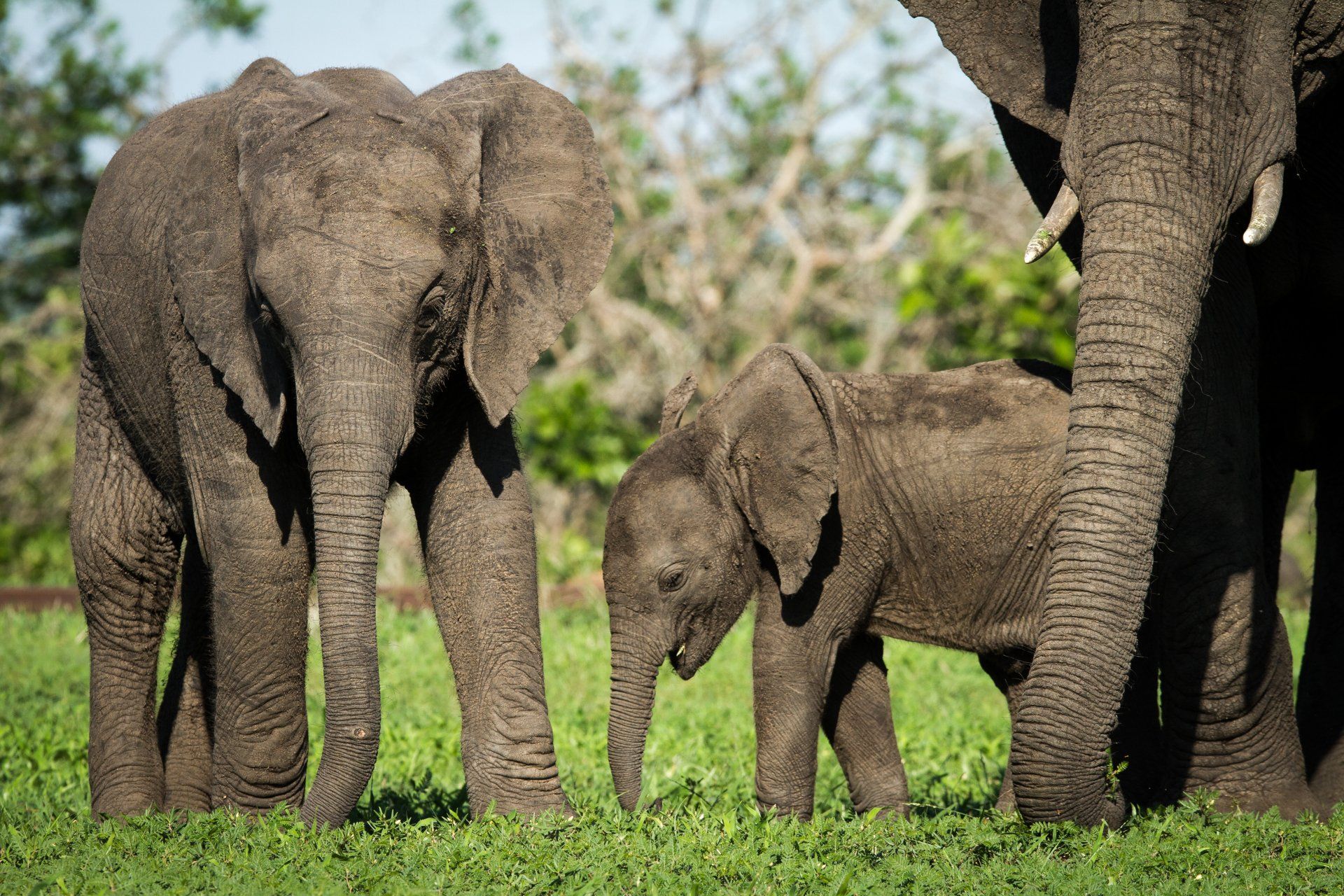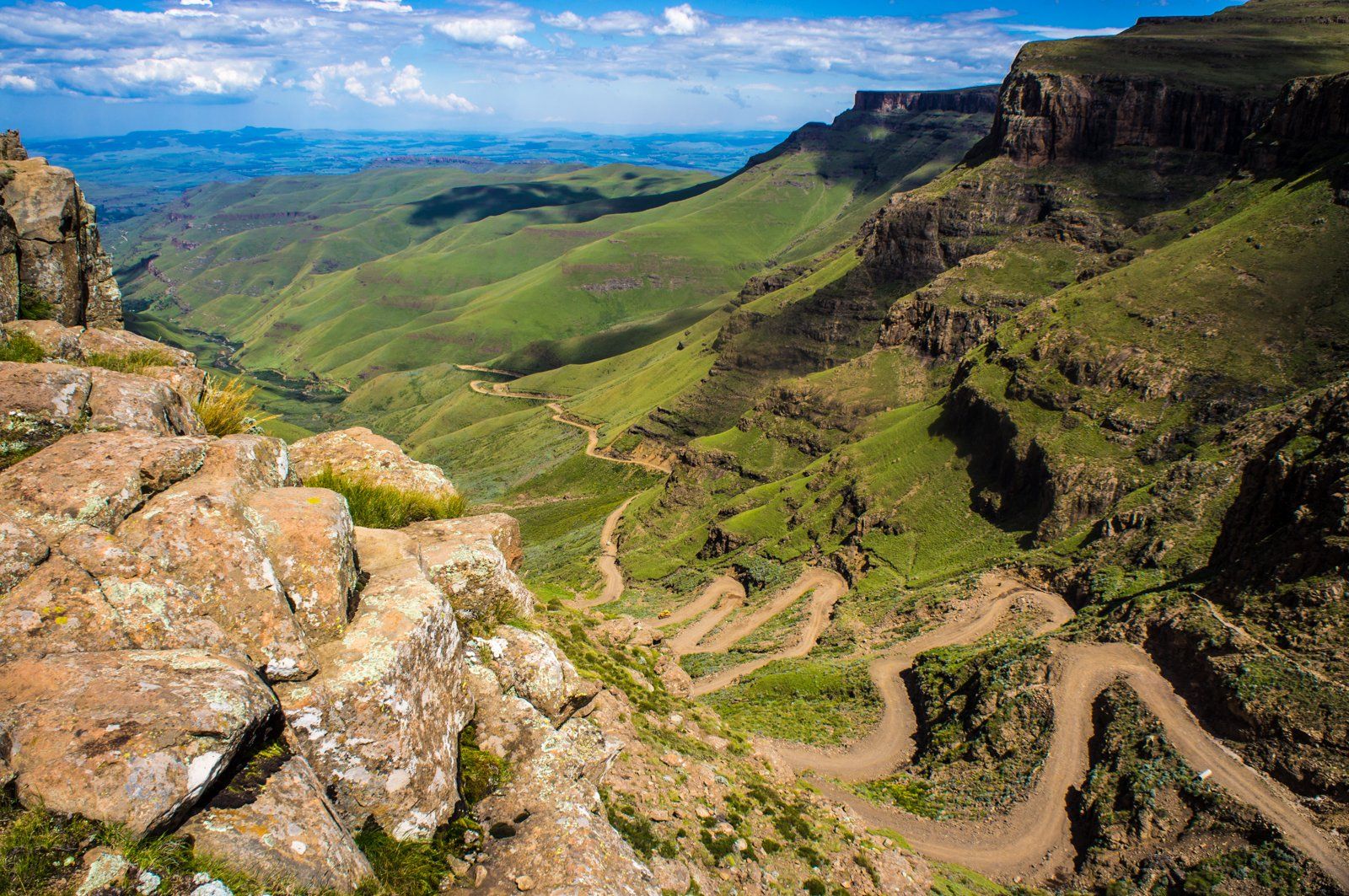LESOTHO
THE MOUNTAIN NATION
Lesotho covers 30,355 km². It is the only independent state in the world that lies entirely above 1,000 m sea level. Its lowest point is 1,400 m and over 80% of the country lies above 1,800 m. Lesotho is also landlocked and is entirely contained within the country of South Africa.
Lesotho has a population of approximately 1.881 million, according to 2006 census where from 23.8% urban and 76.2% rural. Population density is lower in the highlands than in the western lowlands. Although the majority of the population — 57.6% — is between 15 and 64 years of age, Lesotho has a substantial youth population numbering around 37 percent. The annual population growth is -0.46% with a life expectation of about 36 years!
Administratively, Lesotho is divided into ten districts, each headed by a district administrator. Each district has a capital known as a camptown: Berea; Butha-Buthe; Leribe; Mafeteng; Maseru; Mohale’s Hoek; Mokhotlong; Qacha’s Nek; Quthing and Thaba-Tseka.




